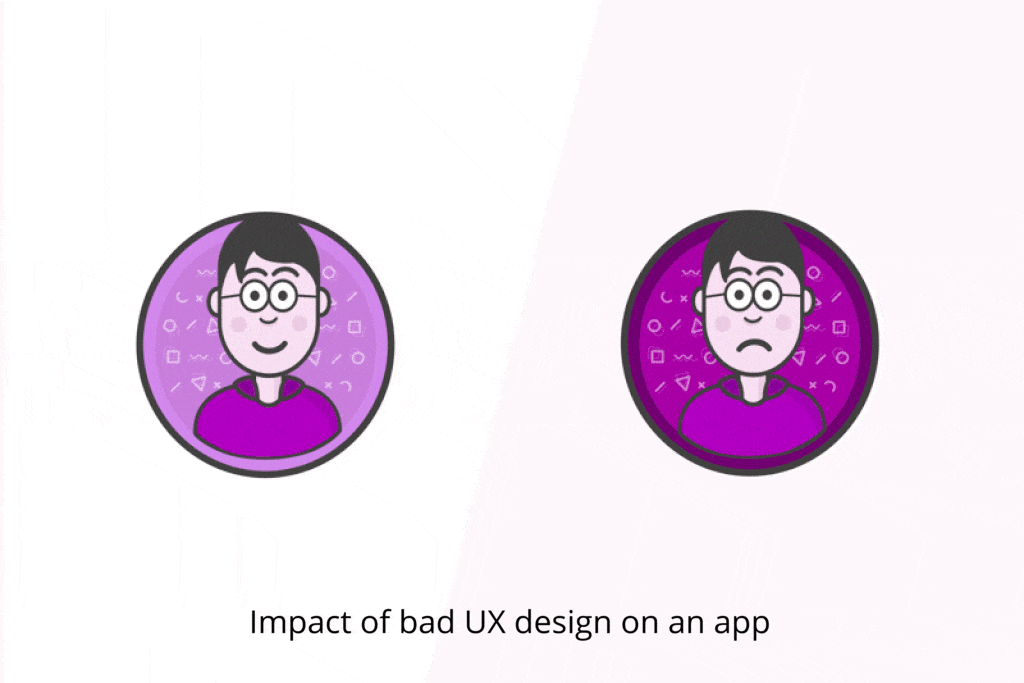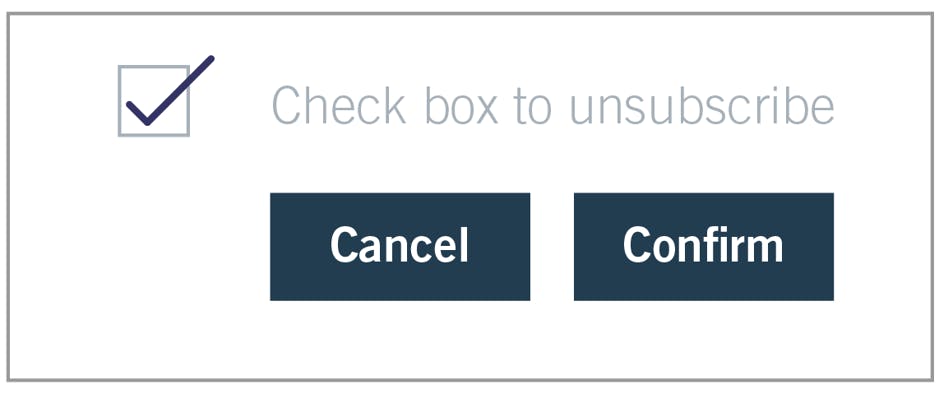Ever wondered why some websites feel like a breeze to navigate while others leave you feeling lost and frustrated?
Behind every captivating website or app lies a crafted user experience (whether good or bad), designed to meet the needs of its audience. In this digital age, user experience (UX) has become a pivotal aspect of any successful product or service. UX encompasses the entire interaction a user has with a product, from their first encounter to their ongoing engagement. In this article, we are going to explore:
User Experience and User Experience Design
A tale of two experiences: bad UX and good UX
From wireframes to wow: UX design process unveiled
User Experience and User Experience Design
User Experience (UX)
User experience or UX is a term used to describe the overall feeling you get when you interact with a product or service. It encompasses a user’s perceptions, emotions, and responses during and after interaction. A positive UX leaves the user satisfied, while a negative one can lead to frustration.
Imagine going to the amusement park. The rides, the food, the atmosphere - all these elements combine to form your overall impression. Did you leave the park with a smile or were you feeling a bit nauseated?
UX Design
UX design is the process of designing user-centered products, intending to provide a seamless and enjoyable experience. It involves understanding the needs and preferences of users and translating them into intuitive interfaces.
Think of UX design as the magician behind the scenes. It is like designing the roller coasters, deciding where the food stalls go, and even picking the colors of the staff uniforms.
A Tale of Two Experiences: Bad UX and Good UX

Bad UX
Picture a website where buttons are hidden, links lead to dead ends, and you are left feeling like you are in a never-ending maze. Whenever users are unable to accomplish their tasks, we leave them frustrated, confused and dissatisfied. When we move away from the basic principles of design like simplicity and accessibility, we end up hurting the overall experience.

Good UX
Now imagine navigating through a website like sailing on calm waters. Everything flows seamlessly, buttons respond promptly, and finding what you need is a breeze. A product with good UX is easy to navigate. Users accomplish tasks without confusion or the need for extensive guidance. Information is organized in a way that is easy to understand, allowing users to quickly find what they are looking for.

From Wireframes to Wow: UX Design Process Unveiled
This is where the actual magic happens. A journey where every click, swipe and tap is a step closer to uncovering the ultimate user experience. It is important to note that the process a UX designer will follow to craft an experience will vary depending on the product, however, the thinking process behind these steps remains the same, i.e., research and discovery, define the goal, ideate, visual design and prototypes, user testing and feedback, and refinement and iteration.
Understanding the User: Research and Discovery
The journey begins with understanding the target audience. It involves in-depth research to gather insight into user behaviors, preferences and pain points. Techniques like user interviews, surveys and competitor analysis can be used to facilitate this process.
Defining Goals and Objectives
With user insights in hand, it is time to set clear goals and objectives for the digital product. This step involves defining what the product aims to achieve and how it will meet the needs of the target audience.
Ideate
With our goals and objectives set, it is about time we get our hands dirty. This step involves sketching our ideas to solve the problem. Emphasis is placed on structuring content (information architecture) and coming out with a skeletal framework to visualize the layout and functionality.
Visual Design and Prototyping
Now, let's add the aesthetics layer to our wireframes. This is where our choice of colors, typography, imagery and other design elements comes into play. Prototyping involves creating interactive mockups that simulate the user experience.
User testing and Feedback
At this point, we have to test our solutions with real users to validate design decisions. It helps in identifying areas for improvement and ensures that the final product aligns with user expectations.
Refinement and Iterations
Based on user feedback, the design undergoes refinement. This may involve tweaking elements for better usability, adjusting visual elements or even revisiting the information architecture.

Remember, the UX design process is not always linear. It's iterative, allowing for flexibility and adaptability throughout the design journey.
Conclusion
User Experience and UX design are critical components of any successful digital product or service. By prioritizing the needs and preferences of users, businesses can create experiences that are not only functional but also enjoyable.
A product that puts users first is a product that stands the test of time.
